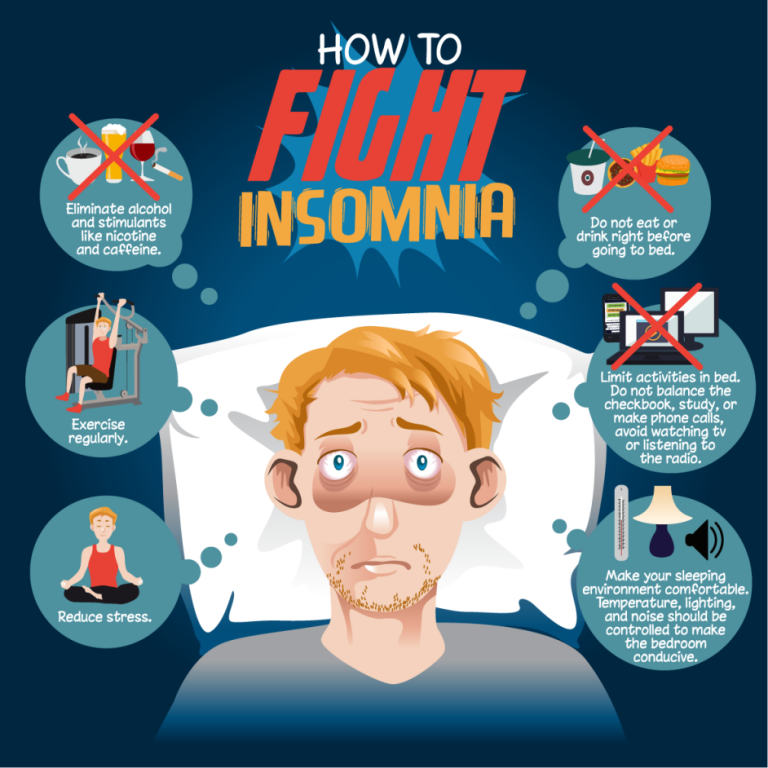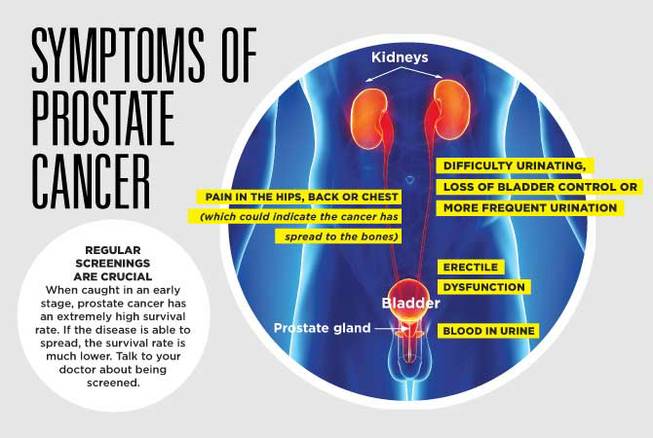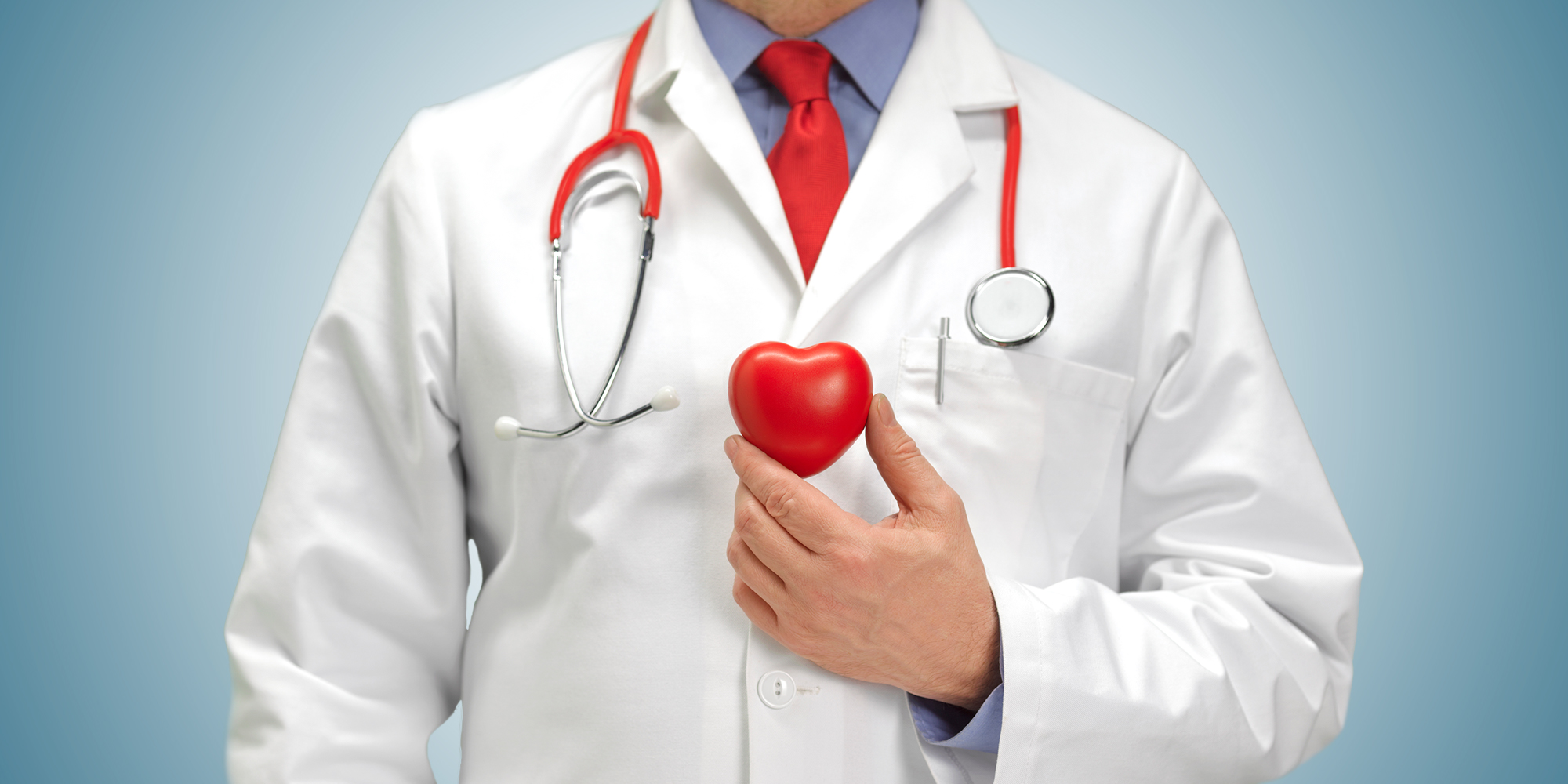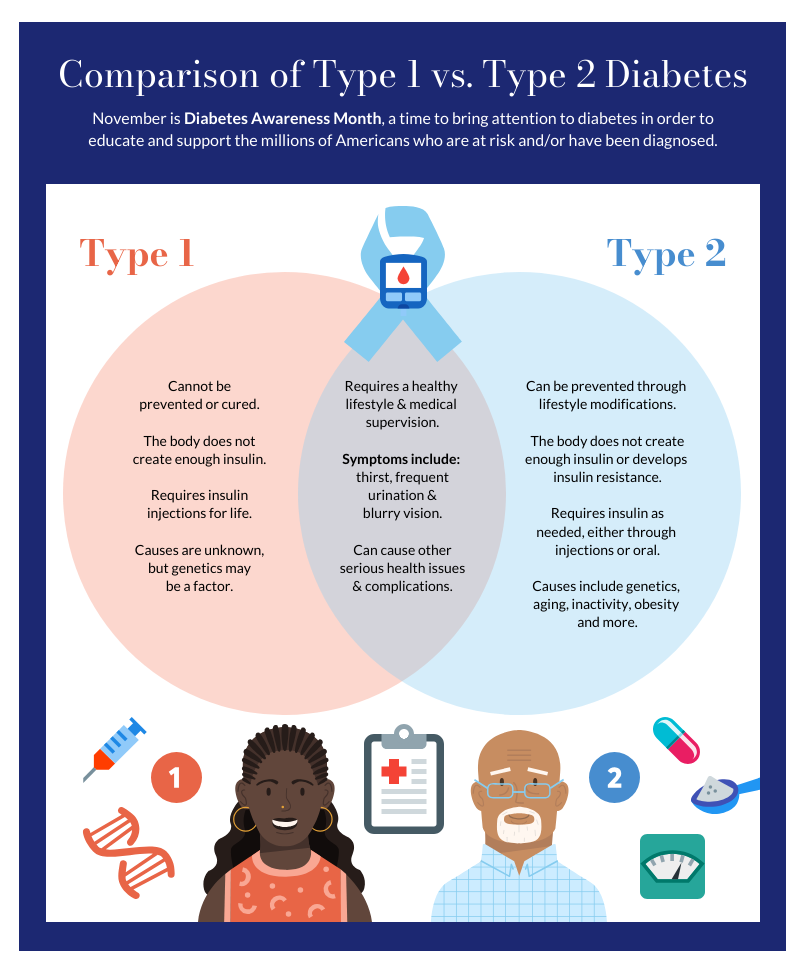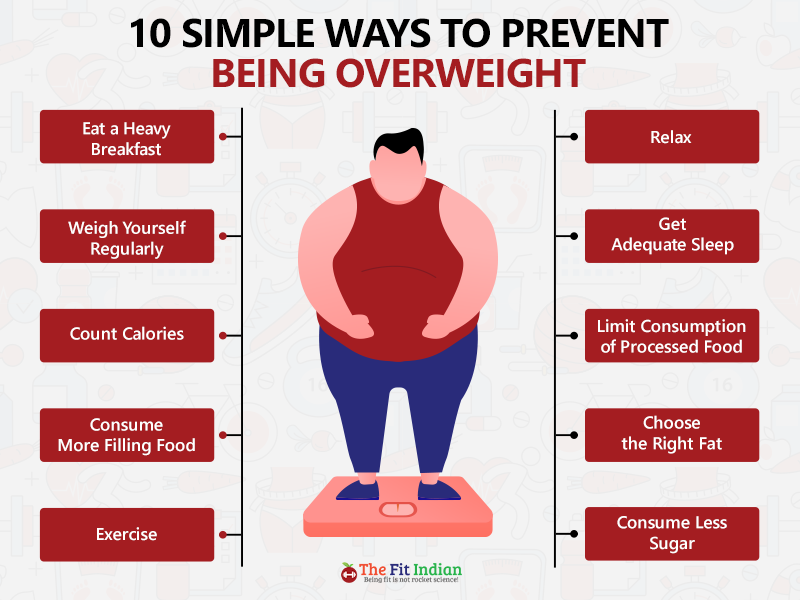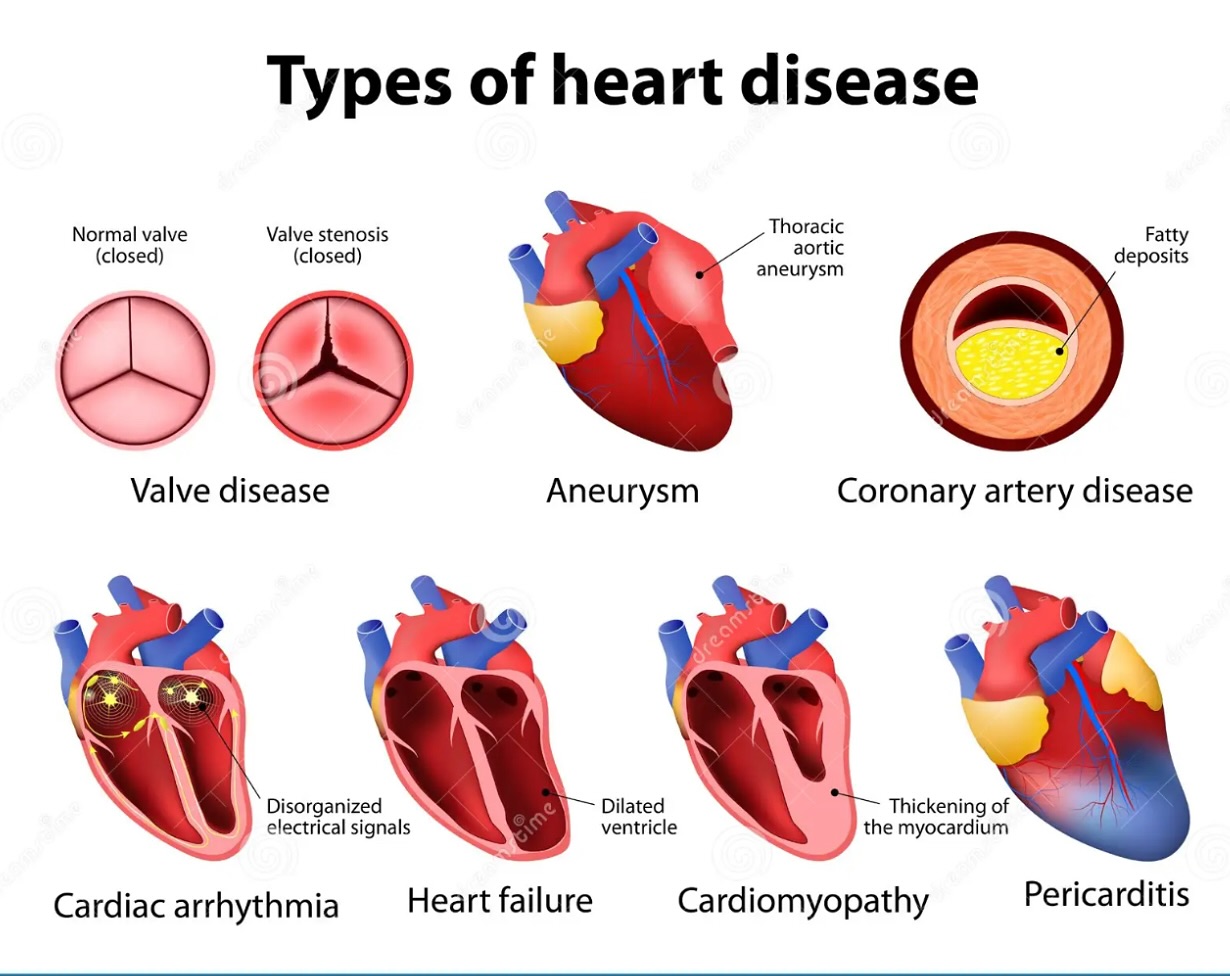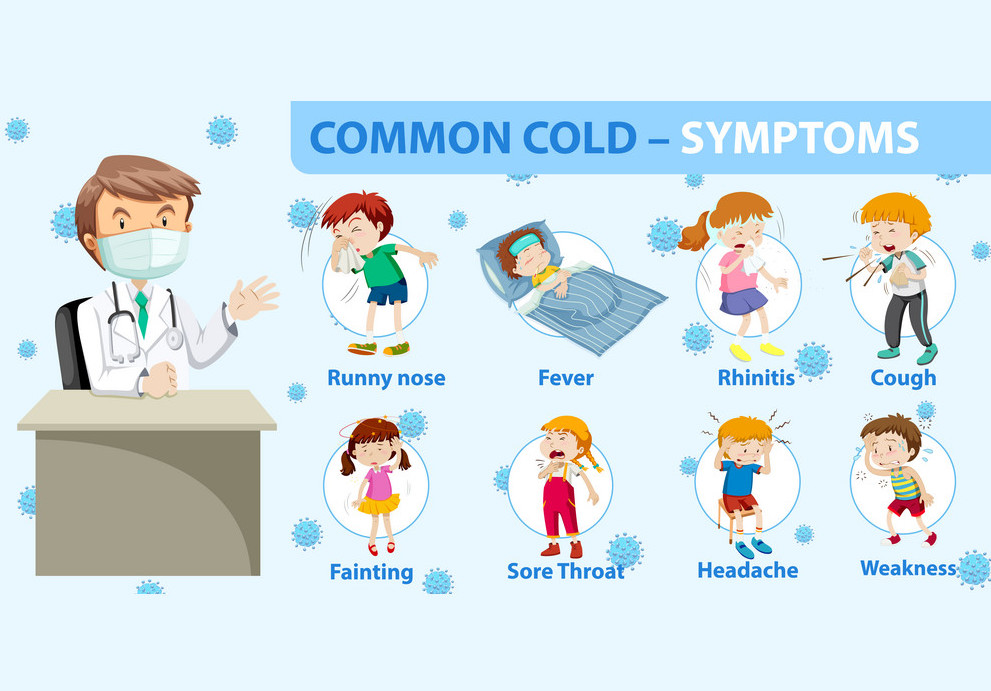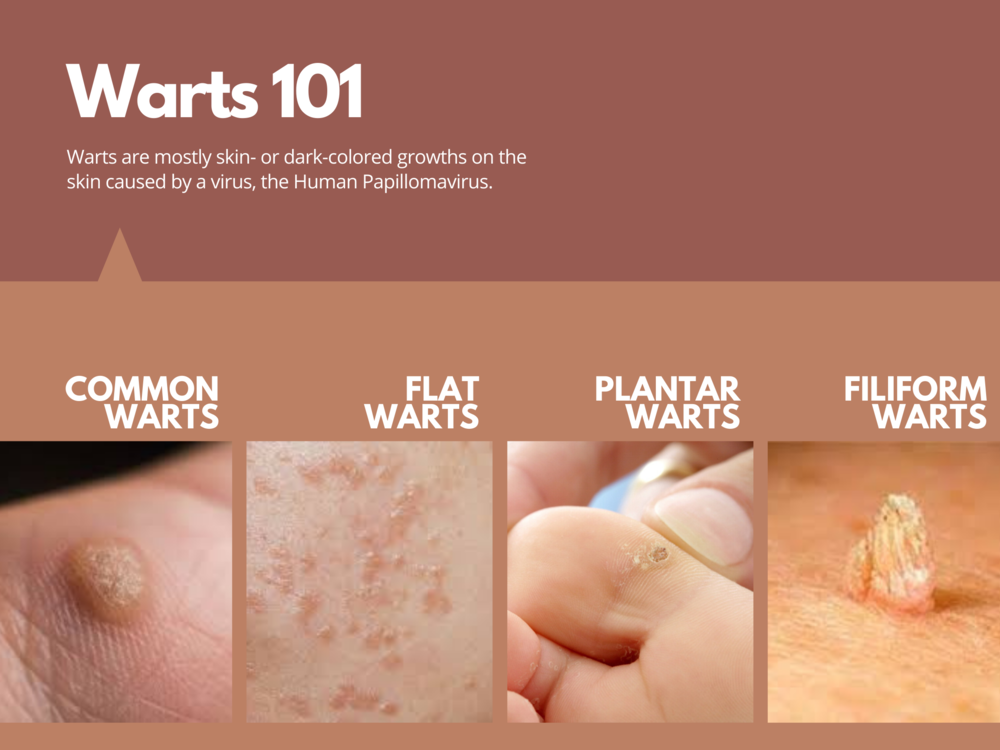Insomnia
Insomnia
Insomnia is a common sleep disorder that can make it hard to fall asleep or stay asleep. It also can cause you to wake up too early and not be able to get back to sleep. You may still feel tired when you wake up. Insomnia can drain your energy level and affect your mood. It also can affect your health, work performance and quality of life.
How much sleep is enough varies from person to person. But most adults need 7 to 9 hours a night.
At some point, many adults have short-term insomnia. This can last for days or weeks. Short-term insomnia is usually due to stress or a distressing event. But some people have long-term insomnia, also called chronic insomnia. This lasts for three months or more. Insomnia may be the main problem, or it may be related to other medical conditions or medicines.
You do not have to put up with sleepless nights. Simple changes in your daily habits often can help.
Symptoms
Insomnia symptoms may include:
- Having a hard time falling asleep at night.
- Waking up during the night.
- Waking up too early.
- Feeling tired or sleepy during the day.
- Feeling cranky, depressed or anxious.
- Having a hard time paying attention, focusing on tasks or remembering.
- Making more errors or having more accidents.
- Having ongoing worries about sleep.
When to see a doctor
If insomnia makes it hard for you to do daily activities, see your doctor or another primary care professional. Your doctor will search for the cause of your sleep problem and help treat it. If it’s thought that you could have a sleep disorder, your doctor might suggest going to a sleep center for special testing.
Causes
Insomnia may be the main problem or it may be related to other conditions.
Long-term insomnia is usually due to stress, life events or habits that disrupt sleep. While treating the cause of your sleep problem may stop your insomnia, sometimes it can last for years.
Common causes of long-term insomnia include:
- Stress. Concerns about work, school, health, money or family can keep your mind active at night, making it hard to sleep. Stressful life events, such as the death or illness of a loved one, divorce, or a job loss, also may lead to insomnia.
- Travel or work schedule. Your body’s “internal clock,” known as circadian rhythms, guides things such as your sleep-wake cycle, metabolism and body temperature. Disrupting these rhythms can lead to insomnia. Causes include feeling jet lag from traveling across multiple time zones, working a late or early shift, or changing shifts often.
- Poor sleep habits. Poor sleep habits include going to bed and waking up at different times each day, taking naps, being too active before bedtime and having a sleep area that is not comfortable. Other poor sleep habits include working, eating or watching TV while in bed. Using computers or smartphones, playing video games, or watching TV just before bed can disrupt your sleep cycle.
- Eating too much late in the evening. Having a light snack before bedtime is OK. But eating too much may cause you to feel uncomfortable while lying down. Many people also have heartburn. This is when stomach acid backs up into the tube that carries food from your mouth to your stomach. This tube is called the esophagus. Heartburn may keep you awake.
- Mental health disorders. Anxiety disorders, such as post-traumatic stress disorder, may disrupt your sleep. Waking up too early can be a sign of depression. Insomnia often occurs with other mental health conditions.
- Medicines. Many prescription drugs can interfere with sleep, such as certain antidepressants and medicines for asthma or blood pressure. Many medicines available without a prescription, such as some pain medicines, allergy and cold medicines, and weight-loss products, contain caffeine and other stimulants that can disrupt sleep.
- Medical conditions. Examples of conditions linked with insomnia include ongoing pain, cancer, diabetes, heart disease, asthma, gastroesophageal reflux disease (GERD), overactive thyroid, Parkinson’s disease and Alzheimer’s disease.
- Sleep-related disorders. Sleep apnea causes you to stop breathing at times during the night, disrupting your sleep. Restless legs syndrome causes a strong uncomfortable urge to move your legs when trying to fall asleep. This may keep you from falling asleep or getting back to sleep.
- Caffeine, nicotine and alcohol. Coffee, tea, cola and other drinks that have caffeine are stimulants. Drinking them in the late afternoon or evening can keep you from falling asleep at night. Nicotine in tobacco products is another stimulant that can disrupt sleep. Alcohol may help you fall asleep, but it prevents deeper stages of sleep and often results in waking up in the middle of the night.
Insomnia and aging
Insomnia becomes more common with age. As you get older, you may:
- Change your sleep patterns. Sleep often becomes less restful as you age, so noise or other changes in your surroundings are more likely to wake you. With age, your internal clock often moves forward in time, so you get tired earlier in the evening and wake up earlier in the morning. But older people typically still need the same amount of sleep as younger people.
- Change your level of activity. You may be less physically or socially active. A lack of activity can disrupt a good night’s sleep. Also, the less active you are, the more likely you may be to take a daily nap. Napping can disrupt sleep at night.
- Have changes in your health. Ongoing pain from conditions such as arthritis or back problems, as well as depression or anxiety, can disrupt sleep. Issues that make it more likely that you’ll need to urinate during the night, such as prostate or bladder problems, can disrupt sleep. Sleep apnea and restless legs syndrome become more common with age.
- Take more medicines. Older people typically use more prescription drugs than younger people do. This raises the chance of insomnia related to medicines.
Insomnia in children and teens
Sleep problems may be a concern for children and teenagers too. But some children and teens simply have trouble getting to sleep or resist a regular bedtime because their internal clocks are more delayed. They want to go to bed later and sleep later in the morning.
Risk factors
Nearly everyone has an occasional sleepless night. But you’re more likely to have insomnia if:
- You’re a woman. Changes in hormones during the menstrual cycle and in menopause may play a role. During menopause, night sweats and hot flashes often disrupt sleep. Insomnia also is common during pregnancy.
- You’re over 60. Because of changes in sleep patterns and health, it’s more likely you’ll have insomnia as you get older.
- You have a mental health or physical health condition. Many issues that affect your mental or physical health can disrupt sleep.
- You’re under a lot of stress. Being stressed can cause short-term insomnia. Major or long-lasting stress can lead to long-term insomnia.
- You do not have a regular schedule. For example, changing shifts at work or traveling can disrupt your sleep-wake cycle.
Complications
Sleep is as important to your health as a healthy diet and regular physical activity. Whatever is keeping you from sleeping, insomnia can affect you mentally and physically. People with insomnia report a lower quality of life compared with people who sleep well.
Complications of insomnia may include:
- Lower performance on the job or at school.
- Slowed reaction time while driving and a higher risk of accidents.
- Mental health conditions, such as depression, anxiety or substance misuse.
- Higher risk or worsening of long-term diseases or conditions, such as high blood pressure and heart disease.
Prevention
Good sleep habits like these can help prevent insomnia:
- Keep the time you go to bed and the time you wake up the same every day, including weekends.
- Stay active. Regular activity can lead to a good night’s sleep.
- Limit naps or do not nap at all.
- Limit or do not use caffeine, alcohol and nicotine.
- Do not eat large meals or drink a lot of fluids before bed.
- Make your bedroom comfortable for sleep and only use it for sex or sleep.
- Create a relaxing bedtime ritual, such as taking a warm bath, reading or listening to soft music.

